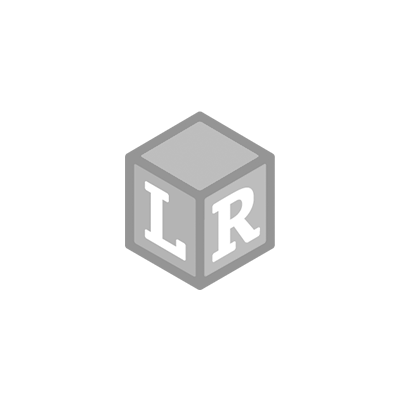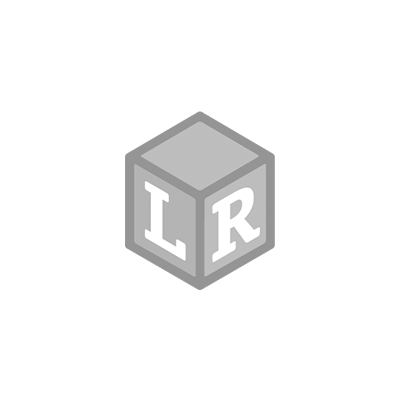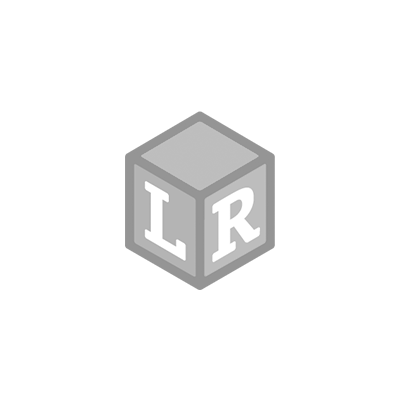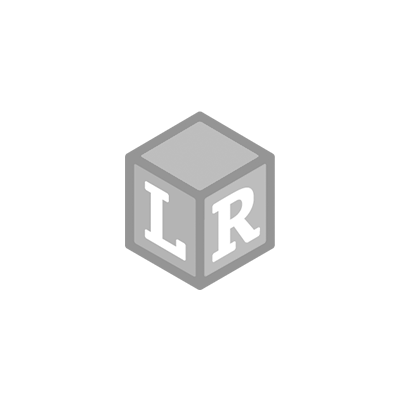
Making Financial Literacy Fun at Home!
- Patria Lincoln Posted On Apr 8, 2020 | Math
April is Financial Literacy Month, so it's the perfect time to help your kids build solid foundations on money matters! As you plan your at-home learning lessons for the month, try incorporating some of the following activities that use dollars and cents to introduce math skills, history facts, and more!
Money Recognition
The road to financial literacy begins with the basics: money recognition! For this lesson, gather as many different examples of your chosen currency as you can find around the house, and set it out on the table. With your kids, identify each coin and bill by name, as well as monetary value. If you're in the mood for history, you can even explain the stories behind the people and landmarks that appear on your money!Counting With Cash
Once you've introduced all of your coins and bills, it's time to start counting with cash! To start, have your kids count up to 100 using only one kind of coin, then repeat with the others. Keep each set of stacks, then compare them at the end to explain the value relationships between each coin. For an added greater-than/less-than challenge, make two random piles of coins, and have your kids figure out which one has the higher value. This activity works best with lots of coins; if you don't have real coins around the house, play money is a fine substitute.Set Up Shop
This one's a great imaginative activity for older kids. Have your kids select some toys or other household objects as stock for their pretend shop. Once they've selected their stock, have them set prices for each item. Then, playing the part of the customer, make a few different purchases totaling different amounts of money, and have your kids make change for your payments. If you have the Calculator Cash Register, this is a great opportunity to see it in action!
International Adventure
Financial literacy is important all over the world. For a fun introduction to other cultures, explore the money of another country with your kids. Whether you're looking at actual leftover currency from an international vacation or just an online article with plenty of pictures, use this time to talk about how money is similar and different in other parts of the world. If you've got older kids, you could even introduce the concepts of relative value and exchange rates! How much would their allowance be worth in British pounds? How about Japanese yen?
At Learning Resources, we’re here to help you make the best of this challenging time. Stay safe and healthy, and check back with our blog for more tips and learning ideas as the situation unfolds.
 Shop UK Site
Shop UK Site 












